Afghanistan descends into chaos, abortion rights are being thrown to the wolves, anti-vaccination folks are taking to the street to protest their inalienable right to get sick and die.
On top of all that, no one seems much capable of getting along with anyone else. In the face of all this, what do we do?
Make some art.
In the July issue of Harper’s Magazine, writer Tess Taylor examined the idea of art as a form of civic repair, a means to remediate communities that have fallen to bitterness, hostility and violence.
“If we must bind our wounds, how should we do so?” she writes. “If we have grown so uncivil, by what means will we find common ground? If we are to deprive hate of oxygen, where should we redirect our air?”
The essay took as its focus Northern Ireland and the efforts made to bring people back together after the Troubles through a variety of different cultural programs including festivals, parades, concerts and classes. The Irish example could be implemented anywhere there is strife, which is pretty much everywhere at the moment.
Just after the 2016 U.S. election, Taylor journeyed to rural Virginia to participate in a heritage music festival, arriving in time for the Friday night square dance. “In my grief and rage, I could not think of anything less appealing than square dancing.”
But something entirely unexpected happened when she joined the dance.
“When I was done. I realized that I could be angry or I could dance, but I could not do both at the same time,” Taylor writes. “I knew my politics very well, but this bit of art surprised me.”
I read Taylor’s article months ago, but it has stayed with me, a spark of hope in a strange and strained summer, when it was often difficult to hold out much hope for humans.
It came back again this week. After an extended bout of doomscrolling, resulting in an increasingly dark state of mind, I turned off the computer and went to visit the Griffin Art Projects in North Vancouver. I was tragically late to the current exhibition of William Kentridge’s work, organized by curator Lisa Baldissera. The show closed this past weekend. Sorry folks. I’m kicking myself for not going sooner.
Born and raised in South Africa, Kentridge’s remarkable career encompasses drawing, sculpture, film, print making and performance. Much of his early work deals directly with the reality of living in South Africa during apartheid and contending with its brutal history of racism, oppression and violence. Kentridge’s parents were both lawyers, and his father represented the family of Steve Biko as well as Nelson Mandela.
The young Kentridge tried and failed at a number of other careers before ending up back in art. As he remarks in a number of interviews: all children draw, and he simply never had the good sense to stop.
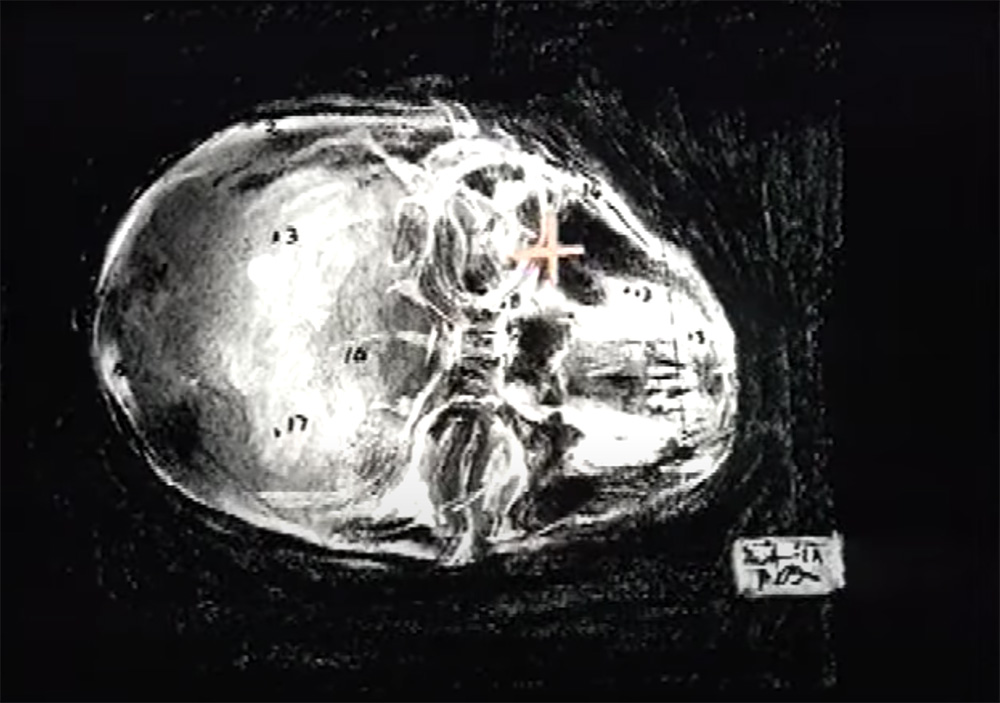
Two of Kentridge’s astounding charcoal animated films, part of his Drawings for Projection series, are included in the show. Mine, made in 1991, and City Deep made in 2020, are separated by almost 30 years, but they both take as their place of origin the city of Johannesburg, where the artist still lives. Mine, made on the eve of the apartheid’s demise, employs the figure of a wealthy industrialist who combines the forces of colonialism and resource extraction to devour the landscape and its people. City Deep uses the motif of the dilapidated Johannesburg Art Gallery to examine the shadows that haunt the city.
The monograph that accompanies the show summarizes part of the films’ intent: “Migration, the vulnerability and provisionality of memory and historical account, the absurd and the capricious nature of power and perception in the architecture of socio-political life, are concepts that run throughout Kentridge’s expressive work.”
I left the gallery feeling like a gong had gone off in my head. Days later, it reverberates still.
One of the things that is most remarkable about Kentridge’s work is the act of making beauty out of horror, or maybe more correctly in finding beauty, where no one would think to look for it, in the blighted landscape, scarred by decades upon decades of gold mining, or a mouldering museum, haunted by the spectres of the past and an uncertain future.
Joy is also present in the show, along with jokes, laughter, capriciousness, nudity, and a lot of coffee pots and rhinoceros.
It reminded once again, that even in the midst of the bleakest moments, some kernel of resistance persists, often in the act of creation. Making something is, by its very nature, a hopeful gesture.
Art is no panacea, but it is a form of discipline, an effort to make sense of the divisive, chaotic and even downright malevolent forces at work in the world. To parse them out, tussle with them and reflect back in forms, both beautiful and terrible, what it means to be alive, in this particular moment.
As a friend noted the other day: there’s no place to run to anymore. We have to fight where we are.
In this aspect, the art world is doing its part. In Vancouver and surrounding communities, there are many different programs that offer residencies, studio space, classes and talks — not only for artists, but the general public as well. Some even offer international options.
William Kentridge may be one of the greatest living contemporary artists, but he too had to start somewhere, with the time and space to learn, experiment, try things, make a mess, fail and start again.
The Griffin Arts Project in North Vancouver offers residencies to BIPOC artists, emerging artists and Indigenous artmakers. In addition to the physical residency opportunities there is also a Virtual International Residency Exchange, co-hosted with South Africa’s the Bag Factory, called Worldings. This exchange between B.C.-based artists and artists from Johannesburg folds in the Gallery’s current exhibition as well as a public program.
The Blue Cabin Floating Artist Residency, moored on False Creek, is another remarkable model. Other new initiatives like Eighth & Eight, the planned creative arts centre in New Westminster or the proposed cultural district in East Vancouver all seek to bring artists and communities together.
In Harper’s, Tess Taylor writes that investment in cultural infrastructure has multiple and often exponential benefits.
“I’ve begun to wonder how we walk ourselves back from the edge we’re all on, how we build a country that is both more tolerant and more abundant,” she writes. “What if we began to treat art as a form if infrastructure. Investing in art spaces could be a meaningful way to stem violence in the long term, and to build community by community, pathways for repair.”
Put even more simply: “Art is something we can make more of when we’re not making war.”
As a trumpeting riposte to the climate of despair, apathy and division that have long permeated our current cultural era, the act of creation is a reminder that we humans are capable of extraordinary stuff. Painting, singing, dancing, any number of different things are better than picketing a hospital and fighting with your neighbours.
To paraphrase Daniel Berrigan’s famous statement: good calls to good.
So, make some good art. ![]()




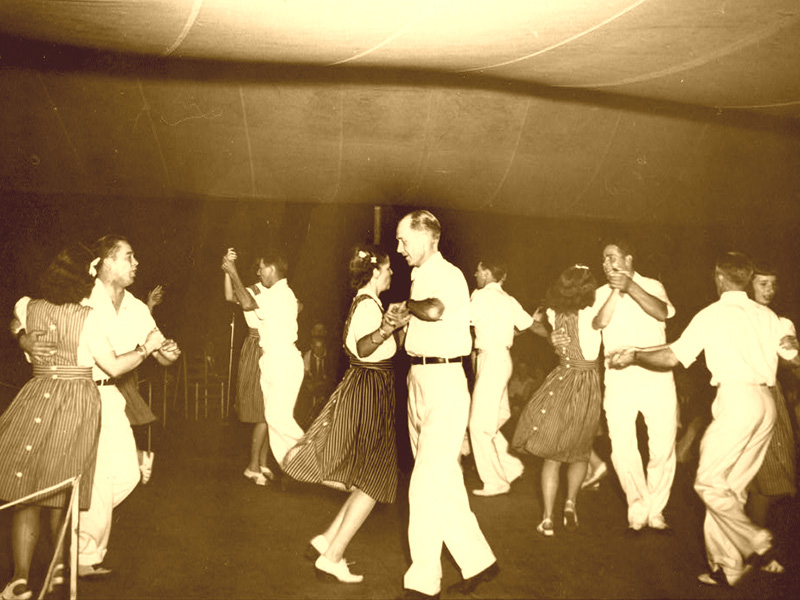


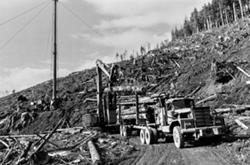
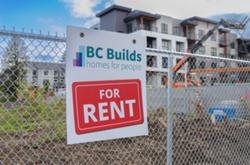

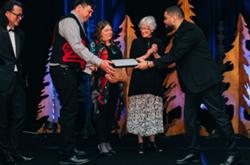
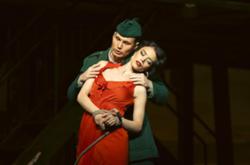
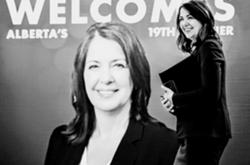



Tyee Commenting Guidelines
Comments that violate guidelines risk being deleted, and violations may result in a temporary or permanent user ban. Maintain the spirit of good conversation to stay in the discussion.
*Please note The Tyee is not a forum for spreading misinformation about COVID-19, denying its existence or minimizing its risk to public health.
Do:
Do not: